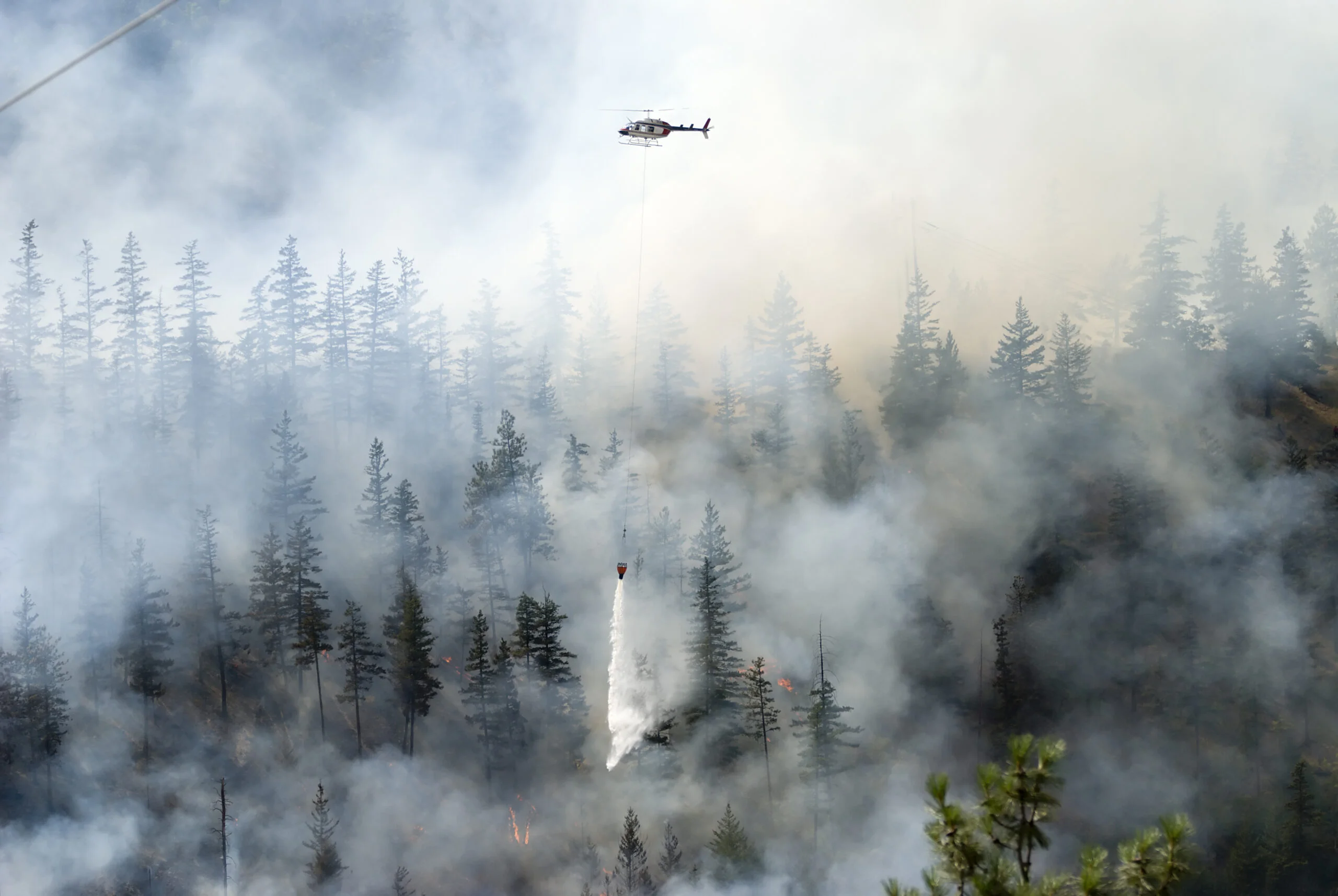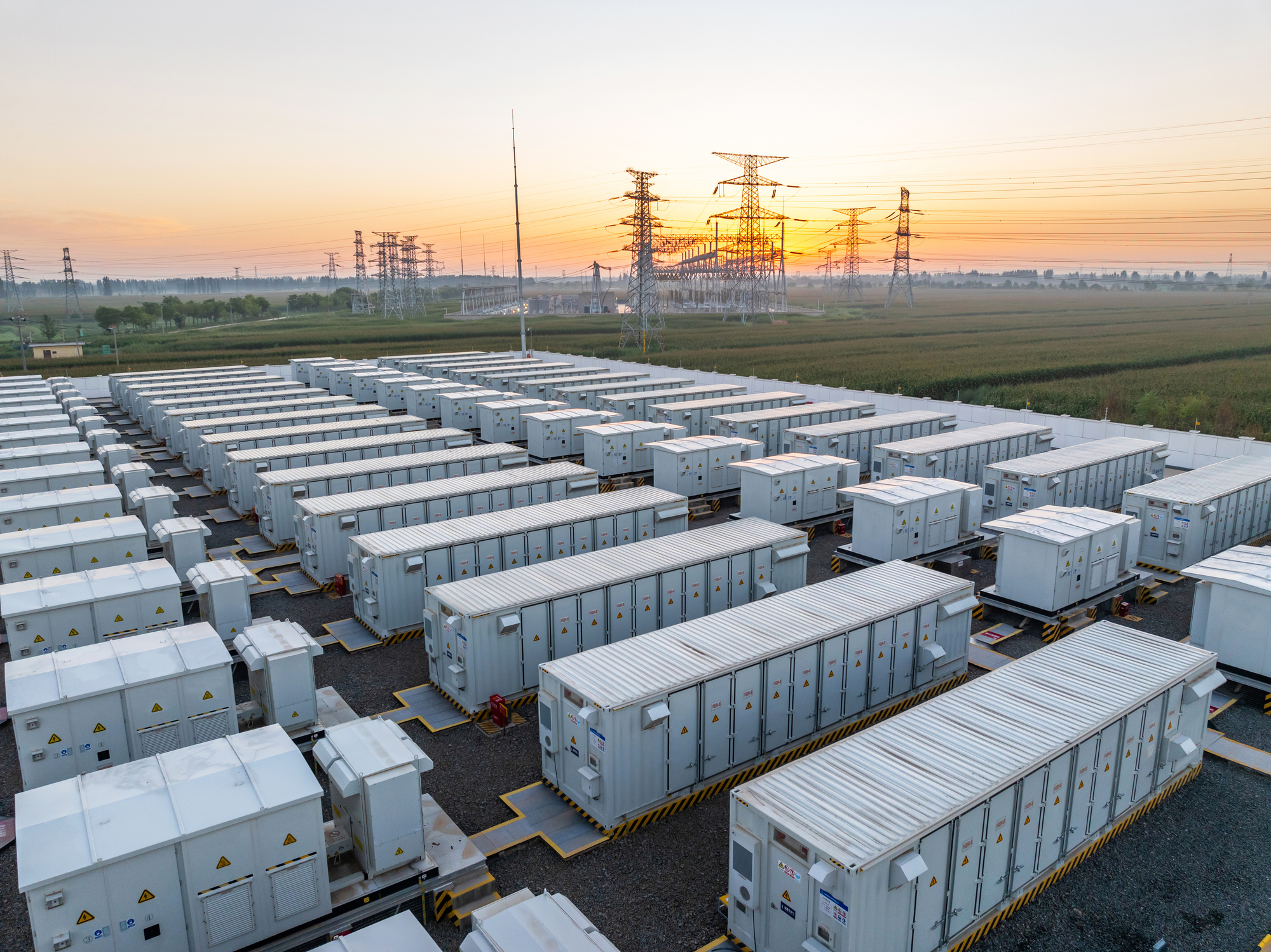The Palisades fire blazing through Los Angeles, California this week is a grim reminder of the challenges posed by climate change. Already, this fire promises to be one of the most expensive in U.S. history, a price tag that will only grow the longer the fire spreads. Last year was not only the hottest year in recorded history, after nearly a decade of increasing temperature extremes. As of this writing, investigators believe that the fire may have started after fireworks were ignited in a nearby wooded area, dry conditions exacerbated by climate change. Electric utility demand flexibility programs like demand response, EV charging, or BYOD programs are necessary to develop the virtual power plant capacity needed to meet increased electricity demand, and in doing so not only provide an opportunity to shifting load and getting more from less while mitigating the impact of climate change.
Extreme Weather Events On The Rise
Climate change defines a long-term global shift in temperature and weather patterns, a phenomenon that has repeated throughout the history of the planet. Today, scientific consensus supports that climate change is directly influenced by human behaviors, which are fueling the rapid increase in temperature extremes and volatile weather events. According to the Environmental Protection Agency (EPA), the largest acreage of burned land has occurred since 2004, indicating an upward trend toward more fires. The EPA continued by adding that peak U.S. wildfire season is happening increasingly earlier every year, fostering the conditions for even more instances of burned land.
The effects of climate change cascade across numerous avenues of life, with climate change costing the U.S. alone roughly $150b each year. These costs have reshaped the insurance industry, with many insurance providers revoking protections due to mounting costs in climate change-sensitive areas. This creates a further burden on utility customers, in turn yielding a greater credit risk, as families struggle to keep up.
Demand flexibility programs ameliorate these concerns by minimizing demand during peak periods of usage through aggregate device control. For programs like demand response or EV charging, that means using Grid-Edge distributed energy resource management systems (DERMS) to shift load to off-peak times of consumption, in turn minimizing expensive energy market purchases while enhancing grid resiliency. Likewise, excess solar and stored battery energy can be aggregated and redistributed for real-time use as a virtual power plant, a strategy enhanced by Topline Demand Control, which yields reliable and predictable outcomes for behind-the-meter distributed energy resource (DER) assets.
How Data Centers & AI Raise Environmental Concerns
Altogether, these efforts decrease usage, and/or redistribute usage smartly to meet needs while minimizing spend. Still, with demand on the rise, utilities are struggling to keep up. That problem is two-fold in southern California today, as managing demand is complicated by the increasingly prevalent and resource-hungry AI and data centers. For context, over the last three years, data centers and AI account for between 6.7-12% of total U.S. electricity consumption; that number is anticipated to nearly triple in the next four years, adding incumbrance to the grid during the energy transition.
Additionally, AI and data centers consume an extraordinary amount of water, further compounding firefighting efforts in California. While demand flexibility cannot return those resources or return anything lost to the fires, preparing today for the challenges of tomorrow can work toward mitigating future challenges.
How Demand Flexibility: Limitations & Opportunities
Demand flexibility programs are designed primarily with load shifting in mind, to use existing infrastructure resources for smart energy distribution. While this can lead to a cumulative decrease in both the carbon emissions that power climate change and overall usage within a territory, demand flexibility strategies are only possible if the right infrastructure remains: you can’t shift load if there are no lines to shift it through or places to shift it toward. In a limited sense, demand flexibility can shift usage within those paradigms, across standing power lines and substations, but only along those paths.
Although demand flexibility strategies will not prevent wildfires, they remain useful for numerous reasons. While demand flexibility can prove useful in shifting limited resources across any standing or remaining infrastructure lines, there are still many strategic advantages that utilities can leverage throughout major grid events. Let’s look at a few opportunities that demand flexibility programs present before, during, and after an event.
Decreased Resource Consumption
Whether before or after any grid event, decreasing aggregate demand is crucial to managing needs. Demand flexibility programs are designed to do just that by maximizing the potential of available resources, shifting them where and when they are most needed. Doing so aids global decarbonization efforts through aggregate conservation, while in turn decreasing strain on the grid. Altogether, these efforts offer cumulative support in mitigating climate change, while providing a path for energy independence and efficiency along the way. Furthermore, lower usage decreases the potential for powerline ignited wildfires, by decreasing energy needs.
Longer OEM windows
Behind-the-meter distributed energy resources (DERs) include solar; battery energy storage systems; electric vehicles (EVs) and EVSE chargers; and smart devices like thermostats and water heaters. Understandably, OEM device manufacturers include device timeframes designed to limit how often outside parties can leverage homeowner devices. What this means for program managers is that devices like thermostats can only run for a set number of days per year and hours per day, which in turn means that every demand flexibility deployment needs to count for the most potential in the least time to extract the full value of any one program.
– Syd Bishop, Sr. Content Specialist, Virtual Peaker
During grid events, many OEMs lower these guardrails, allowing utilities to run customer programs as needed to meet overall demand with fewer limitations on deployment. So during a wildfire or other disaster, energy can be shifted to resources that may endure like decentralized battery installations or unaffected areas.
Access Decentralized Power
Behind-the-meter DERs, particularly solar and battery energy storage systems, offer a secondary benefit: decentralized power. As mentioned above, these resources may not be located in the same place that other utility infrastructure exists and can provide a limited lifeline to surrounding communities. Through demand flexibility, these decentralized assets can be leveraged to shift power, even limited resources, as needed.
Defray High Costs of Infrastructure (Re)Development
As mentioned above, climate change is incredibly expensive. Complicating that is the need for massive U.S. infrastructure upgrades, which carry an incredibly sobering price tag. While these infrastructure upgrades are necessary to realize both generation capacity and distribution, demand flexibility can help defray these costs through smart load management. Rather than investing billions upfront, these infrastructure costs, whether in the building or rebuilding phase, can be slowly expanded upon.
Demand Flexibility & Emergency Load Management Conclusion
What’s happening in California is a tragedy of epic proportions and one that has repeated far too often in the last decade. While demand flexibility cannot solve this problem and cannot alleviate the loss and suffering of our California friends, family, and neighbors, it can provide opportunities to fight the climate crisis that has fostered such volatile weather events, while in turn utilizing limited resources to meet whatever need is possible. To every Californian: you are not alone. We are all out there fighting right now to make the world a greener, and safer place to live.





